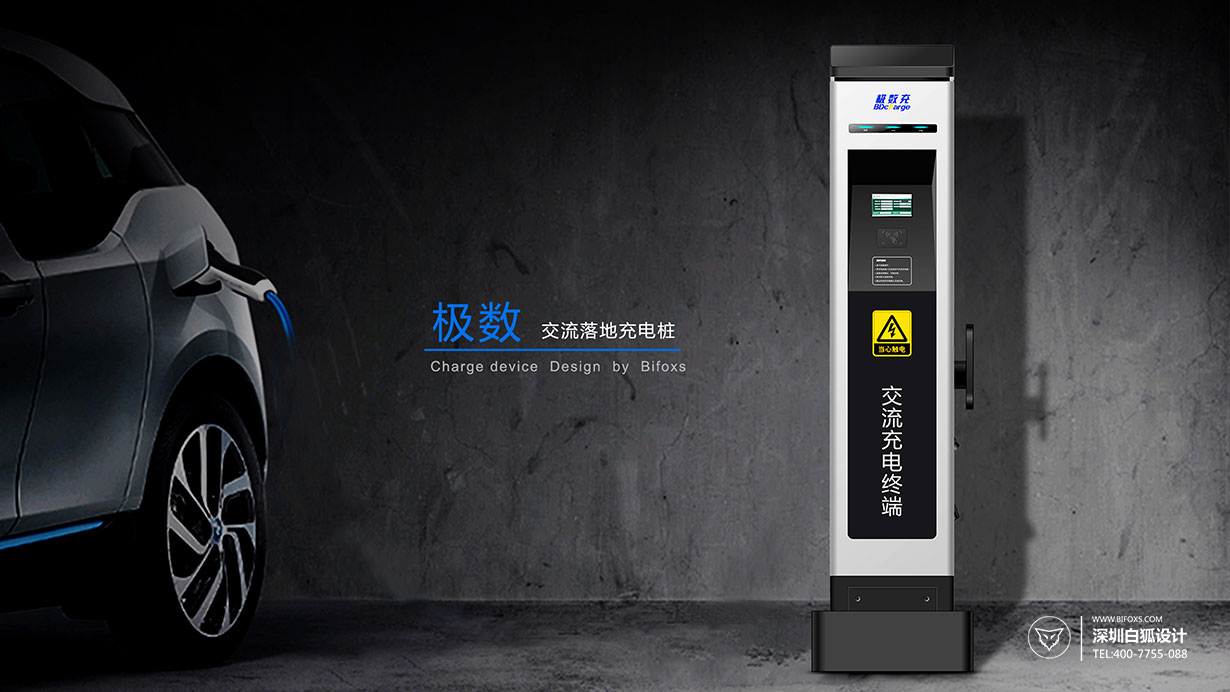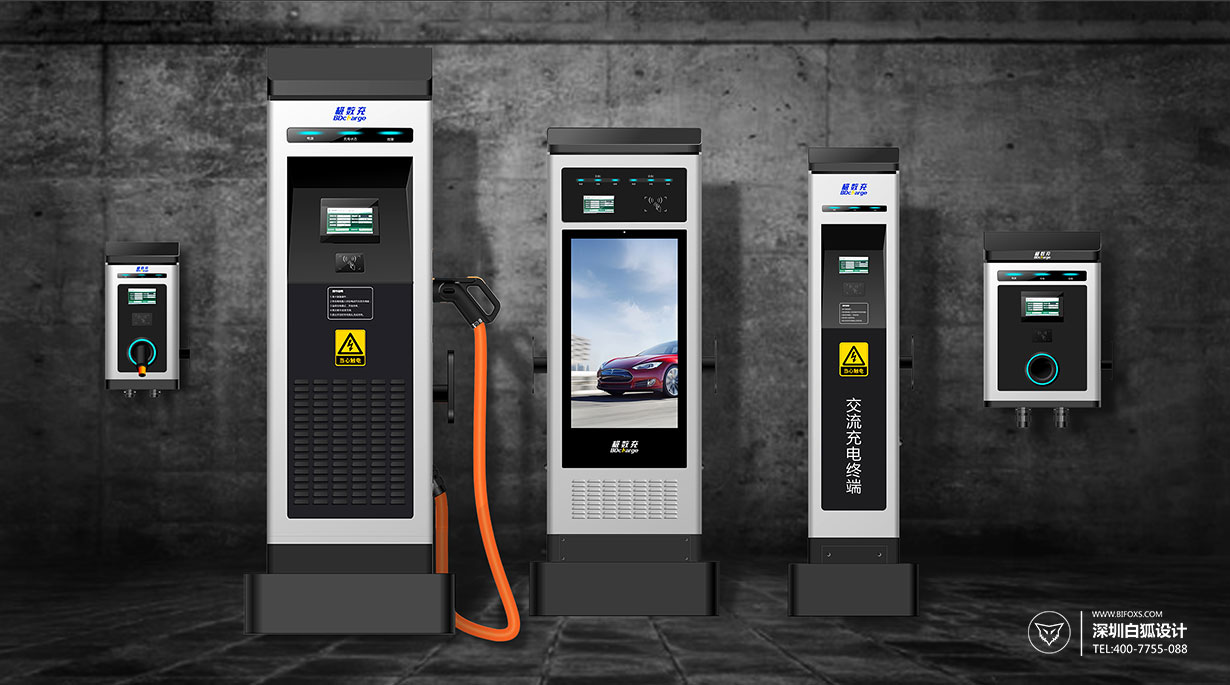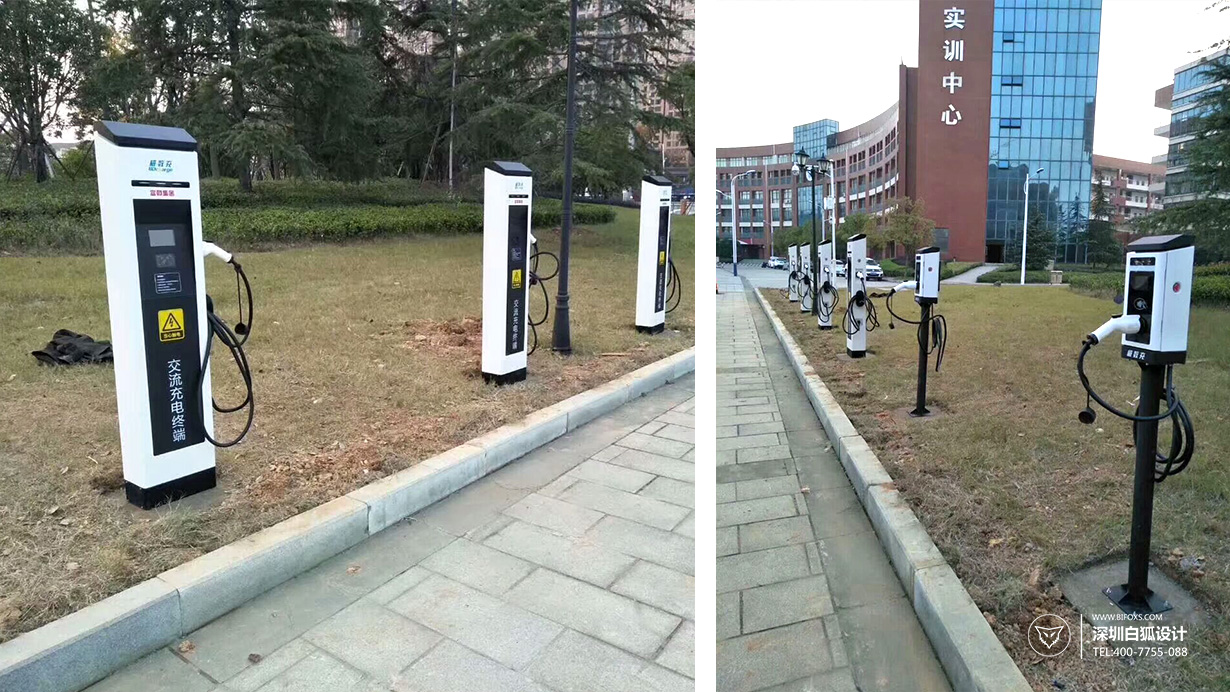Product design is a multidisciplinary design activity that covers a wide range of topics. The very basic part of product industrial design is to meet industrial production. The complete product industrial design includes preliminary user research, market analysis, target group positioning, design style positioning, etc., followed by product appearance design, structural design, 3D drawing, and engineering output drawing.

Product design is to present the shape of the product in a flat or three-dimensional form through the combination of lines, symbols, numbers, colors and other elements. It is also a method of planning, planning and problem solving, expressed in an ideal form through specific operations.
So what is the process of product design? Generally speaking, the design process generally includes four stages: concept development and product planning stage, detailed design stage, small-scale production stage and incremental production stage.
In the concept development and product planning stage, integrate information such as market opportunities, competitiveness, technical feasibility and production requirements to determine the framework of new products. This includes the conceptual design of the new product, target market, expected performance level, investment demand and financial impact. Companies can also validate concepts and ideas through small-scale experiments before deciding whether to develop new products. Experiments can include sample preparation and soliciting opinions from customers.

In the detailed design phase, once the plan is approved, the new product project will be transferred to the detailed design phase. The basic activities of this stage are the design and construction of product prototypes, and the development of tools and equipment used in commercial production. The core of detailed product engineering is the "design-manufacture-test" cycle. The required products and processes are conceptually defined and embodied in a prototype, and then the simulated use of the product is tested. If the prototype does not reflect the required performance characteristics, engineers should seek design improvements to make up for this difference and repeat the "design-manufacture-test" cycle. At the end of the detailed product engineering phase, the product design meets the specified technical requirements and is signed as a sign.
In the small-scale production stage, individual parts processed and tested on production equipment have been assembled and tested in the factory. In small-scale production, a certain number of products should be produced, and new or improved production processes should be tested to adapt to commercial production. At this time, in the product development process, the entire system (design, detailed design, tools and equipment, parts, assembly sequence, production supervision, operators, and technicians) is integrated.

The development phase is incremental production. In incremental production, the level of production is relatively low; as companies (and their suppliers) increase their confidence in their continued production capacity and product sales capacity, so does production.
The greatness of design does not lie in creating amazing designs. It is the product designer's subtle observation of life, dedicated to the focus and transformation of product details, and let people feel the beauty and charm of design.
If there is no special explanation, the articles are all original designs by White Fox. If you need to reprint, please indicate the source

新用户?创建账号
登录 重置密码

请输入电子邮件以重置密码。
留言板 (0)
评论为空